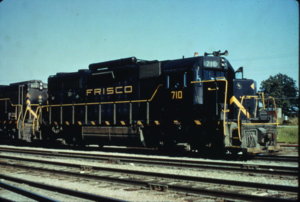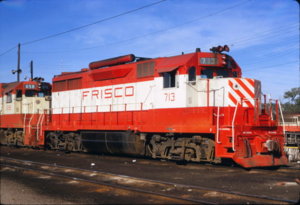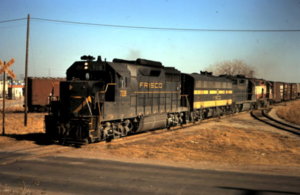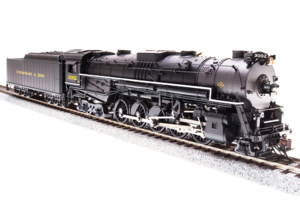Iron Horseman
Well-Known Member
The rabbit trails are part of the fun of the thread...OK so lets get back on track since we seem to be wandering a bit (partly my fault). srt
I'm envious. The closest thing I have to a sort of famous locomotive would be the Hiawatha 4-4-2 used in Bob Williams video of "Western Streamliners".It's sort of famous.
Story I've heard of the D&RGW, but I cannot recall the source ... The Rio Grande was no stranger to the Challenger class of locomotives. They had their own L-105 class since 1937 and loved them. During the war effort they ordered more, but instead of the beloved L-105 type the war board dictated the UP design which were designated L-97. The Grand crews hated them. Down on both power and tractive effort, they did not handle the mountains well. Consequently the locomotives were not purchased but only leased until the end of the war. As soon as the war board let them end the lease, they were quickly shuffled off the to the Clinchfield.I don't do much D&RGW, but it is a Western road, and I can always find something for it to do at the club!
Your locomotive looks really good. I've not been brave enough to attempt to weather a steam locomotive yet. Mine is still glowing shiny black. Below I tried to get a shot of it with the neon Rio Grande sign in the background at the museum's "Rio Grande Days" a few years ago. Mine didn't run for years and years because of them MRC brilliance decoder that Athearn put in them. I put it on the track. Dialed up channel 3. Drove it over to the programming track. Attempted to program it, and it wouldn't work. Wouldn't reset. Wouldn't do anything. I spent hours and hours trying every programming mode / reset sequence on several different DCC systems. Disgusted I threw it in a box and ordered a new Tsunami decoder for it. Years later, I pulled it out to begin the conversion. For some reason I put it on the track and ... It ran fine.?!? So it still has the original electronics. The museum layout has 44" minimum radius curves and most are much larger so I've not noticed the dual articulation effect at all.
Last edited:





